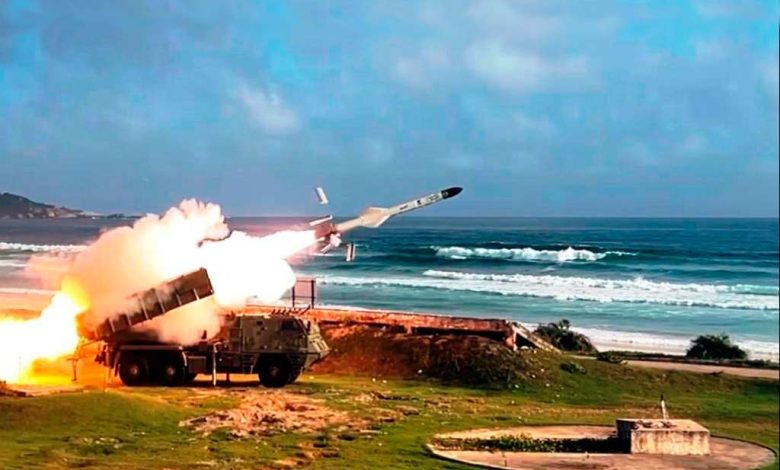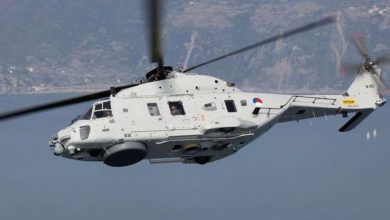
Coastal Guardians: Revolutionizing Defense Strategies with SIATT’s MANSUP Initiative
In December 2024, the Brazilian Navy’s Marine Corps, in partnership with SIATT, triumphantly conducted the debut launch of the MANSUP missile from a land-based platform.
Following this remarkable milestone, SIATT announces that the MANSUP (Surface-Launched Anti-Ship Missile) is officially ready for integration and deployment in coastal defense operations. This pivotal moment marks a significant enhancement for national security, amplifying Brazil’s ability to protect its coastal territories.
The MANSUP is a precision-targeting weapon system designed to ensure the defense of Brazil’s territorial waters. Developed to neutralize naval vessels that jeopardize maritime sovereignty, the MANSUP can currently be launched from both terrestrial and maritime platforms.

The primary advantage of integrating the MANSUP missile into the artillery rocket system for area saturation is that it empowers operators to improve their precision in targeting maritime adversaries with exceptional accuracy.
Paulo Salvador, Director at SIATT, stated: “This integration offers a broader and more robust solution for coastal defense and threat management. It is a capability that can also be showcased on an international platform with the MANSUP leading the charge.”
Robson Duarte, Managing Partner at SIATT, emphasized: “With the MANSUP missile, Brazil reinforces its ability to protect its coastal regions, particularly in zones of high economic and strategic importance. This defense asset can also be integrated with additional systems, including radar technologies and naval components. In the case of Brazil, it can leverage intelligence from SisGAAz (Blue Amazon Management System) for precise missile targeting.”
The MANSUP missile is now prepared for coastal and littoral defense missions, signaling a transformative chapter in national security. It is expected to be swiftly incorporated into Brazil’s armed forces, enhancing safe navigation and the protection of maritime borders.







